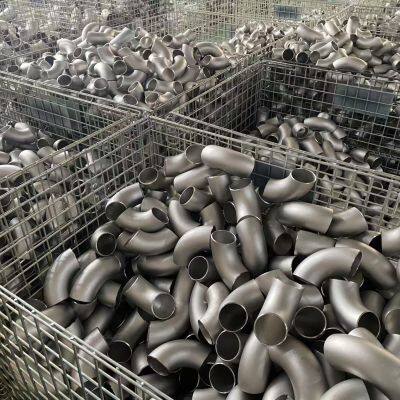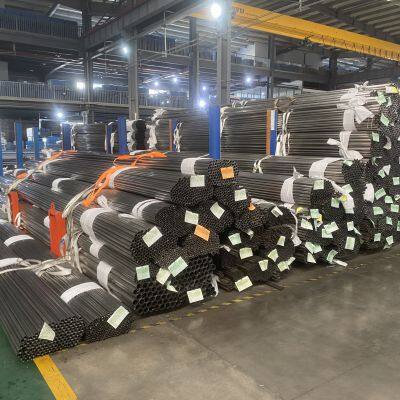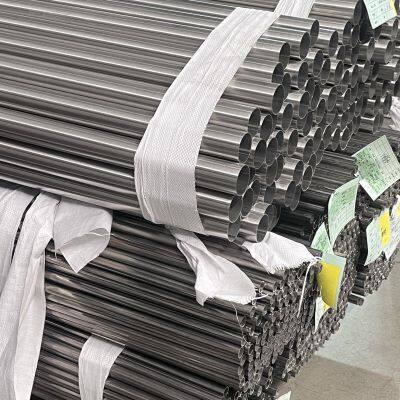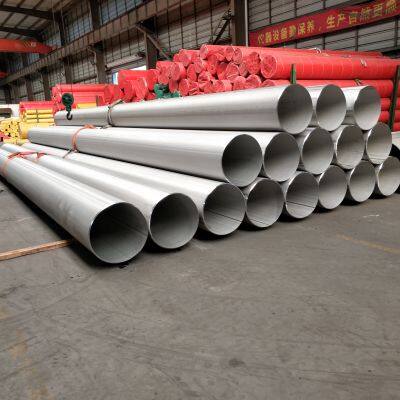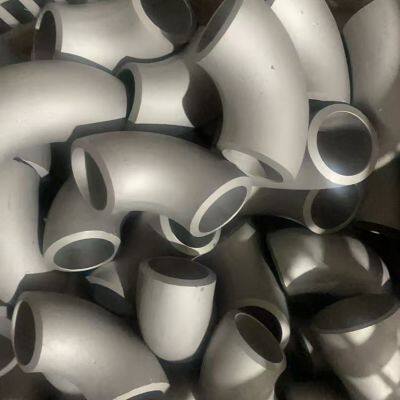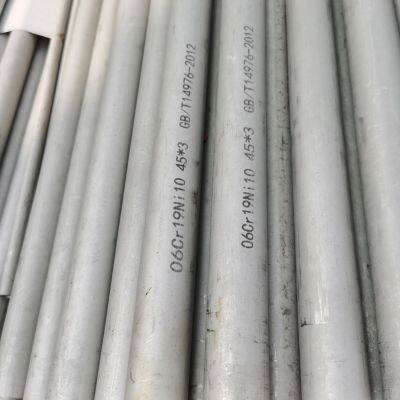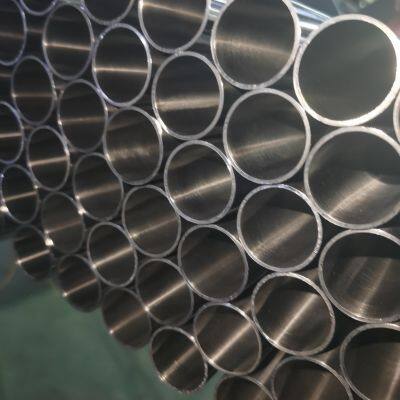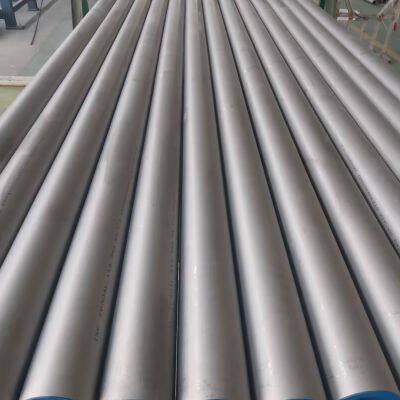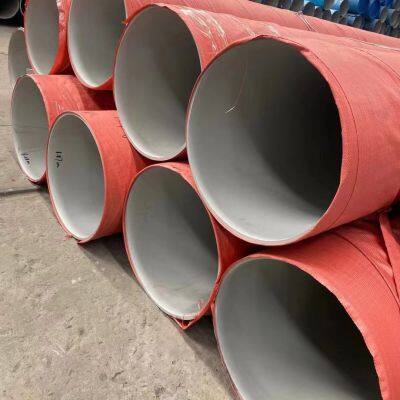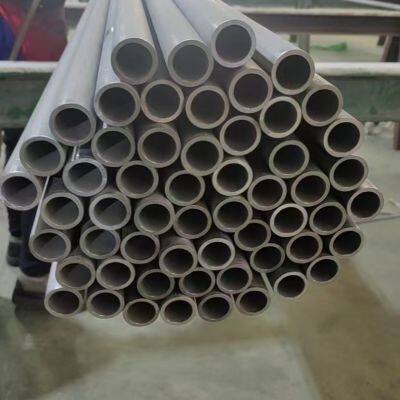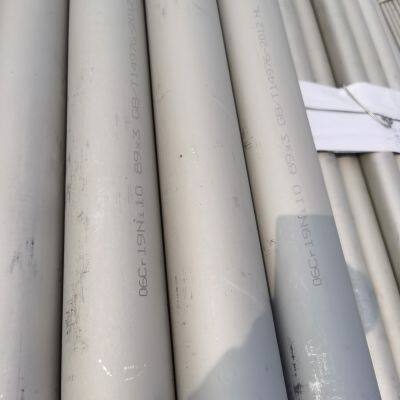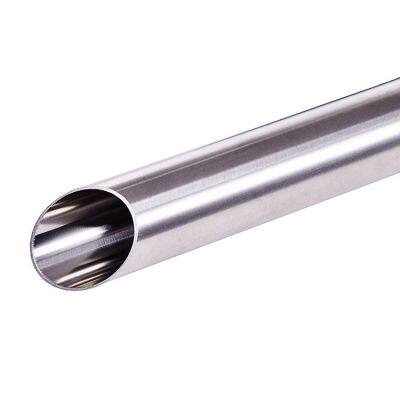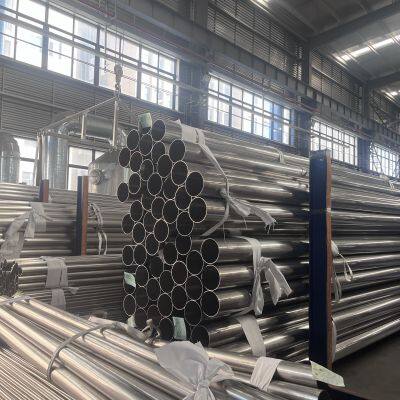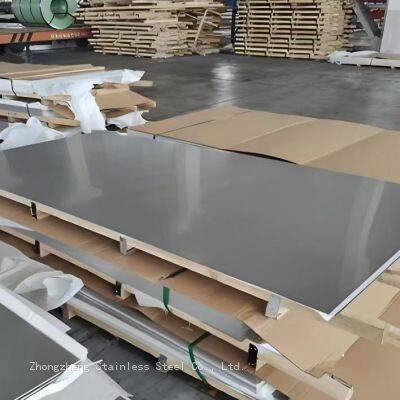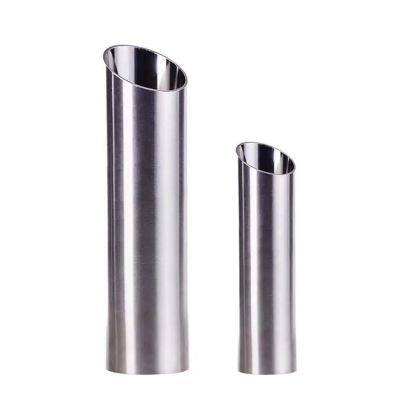Differences in corrosion resistance of stainless steel decorative pipes and water pipes
1、 Core differences in material (stainless steel grade)
The corrosion resistance of stainless steel mainly depends on the content of alloying elements such as chromium (Cr), nickel (Ni), molybdenum (Mo), etc. The corrosion resistance of different grades varies significantly:
1. Material characteristics of stainless steel water pipes
Common brand:
304 (06Cr19Ni10): containing 18% Cr and 8% Ni, resistant to atmospheric corrosion and ordinary water corrosion, it is the basic material for drinking water pipes.
316 (06Cr17Ni12Mo2): Adding 2% Mo significantly improves its resistance to chloride ion (Cl ⁻) corrosion, making it suitable for seawater, high salt water quality, or industrial environments.
316L (low-carbon 316): carbon content ≤ 0.03%, to avoid intergranular corrosion during welding, commonly used in water pipe systems that require welding.
Material standard: It must comply with GB/T 12771 "Stainless Steel Welded Steel Pipes for Fluid Transport", with strict regulations on the content of elements such as Cr and Ni to ensure corrosion resistance.
2. Material characteristics of stainless steel decorative pipes
Common brand:
201 (12Cr17Mn6Ni5N): High manganese (Mn) content, low nickel content (about 1%~3%), lower corrosion resistance than 304, and easy to rust in humid environments.
304: Some high-end decorative pipes use 304, but the thickness is relatively thin (0.3~1mm), and the corrosion resistance depends on surface treatment.
202/430 (ferritic stainless steel): Used for dry indoor decoration, with poor corrosion resistance and easy corrosion when exposed to water or acid or alkali.
Material standards: There are no mandatory standards, and companies can choose their own materials. Some low-priced decorative pipes may be smelted using recycled waste materials, resulting in insufficient alloy elements.
2、 The influence of surface treatment process on corrosion resistance
Surface treatment not only affects the appearance, but is also a key means to improve corrosion resistance. The process differences between the two are as follows:
1. Surface treatment of stainless steel water pipes
Core objective: Enhance corrosion resistance, hygiene, and eliminate surface defects.
Typical process:
Internal surface electrolytic polishing: removes burrs and impurities on the inner wall, forms a passivation film (Cr ₂ O ∝), reduces scale adhesion and bacterial growth, suitable for drinking water pipes.
External surface passivation treatment: Remove the welding oxide layer through nitric acid passivation solution, generate a uniform passivation film, and improve corrosion resistance by 30% to 50%.
Non electrolytic nickel plating (optional): Nickel plating is applied to the surface of 316 pipes to enhance their resistance to seawater corrosion, and is used in marine engineering.
2. Surface treatment of stainless steel decorative pipes
Core objective: prioritize aesthetics, with corrosion resistance as a secondary consideration.
Typical process:
Mechanical polishing (8K mirror surface): By grinding the surface with abrasives, the glossiness is improved, but it may damage the passivation film and require subsequent application of protective agents (such as transparent paint).
Electroplating/vacuum titanium plating: Metal layers such as chrome plating and titanium gold, which are aesthetically pleasing, but if the coating is damaged, it is prone to electrochemical corrosion (such as rust on 201 tubes after titanium plating).
Spray powder coating: Spray plastic on the surface of the pipe to isolate it from air, but long-term exposure to ultraviolet radiation may cause cracking and loss of protective effect.
3. Cases of corrosion resistance differences
Scene: Seaside fence (decorative pipe) vs seawater transport pipeline (water pipe)
Decorative pipe (201+titanium plated): The coating begins to peel off after 1-2 years, and the pipe exhibits extensive rusting;
Water pipe (316+passivation): No obvious corrosion for more than 5 years, and the passivation film on the inner wall is resistant to corrosion by seawater chloride ions.
3、 Differences in usage environment and corrosion resistance requirements
1. Environmental challenges of stainless steel water pipes
Medium characteristics:
Long term exposure to water (containing Cl ⁻, Ca ² ⁺, Mg ² ⁺, etc.) can lead to electrochemical corrosion or scaling corrosion.
Changes in water temperature (such as hot water pipes) may accelerate oxidation, and the material needs to have high-temperature corrosion resistance (the temperature resistance of 304 is ≤ 80 ℃, and 316 can reach 120 ℃).
Corrosion resistance requirements:
It is necessary to pass the GB/T 17219 hygiene performance test to ensure that the material does not precipitate harmful substances in water and its corrosion resistance does not affect water quality.
2. Environmental challenges of stainless steel decorative pipes
Medium characteristics:
Mainly exposed to the atmosphere, dust, and rainwater, with some scenes exposed to cleaning agents (such as indoor decoration) or industrial waste gas (outdoor decoration).
The corrosion risk is low, but it may rust in acid rain, salt spray (near the sea), or humid environments.
Corrosion resistance requirements:
There is no mandatory corrosion resistance testing standard, only short-term appearance requirements need to be met (such as indoor decorative pipes requiring no obvious rust within 1 year).
4、 Differences between Industry Standards and Certification
1. Corrosion resistance standards for water pipes
GB/T 12771-2008: It is stipulated that water pipes must pass the "intergranular corrosion test" (GB/T 4334) to ensure that materials such as 304 and 316 do not undergo intergranular corrosion under specific conditions.
CJ/T 152-2010: It is required that the corrosion resistance of the water pipe interface (such as the clamping part) should not be lower than that of the pipe body, and the sealing ring should be resistant to water corrosion.
2. Corrosion resistance standards for decorative pipes
There is no specific corrosion resistance standard, only referring to GB/T 18705 "Stainless Steel Welded Pipes for Decorative Use", which has requirements for the mechanical properties (such as tensile strength) of the material, but there is no clear indicator for corrosion resistance.
5、 Summary of Corrosion Resistance Performance and Application Suggestions
1. Core Differences:
The material determines the basic corrosion resistance: 304/316 is commonly used for water pipes, while 201/430 may be used for decorative pipes, with a significant difference in corrosion resistance;
Surface treatment focuses on different aspects: passivation and polishing are used to enhance corrosion resistance for water pipes, while electroplating and spraying are used to enhance aesthetics for decorative pipes, with corrosion resistance as a supplement;
Environmental adaptability: Water pipes are designed for fluid corrosion, decorative pipes are designed for atmospheric corrosion, and decorative pipes are prone to failure in extreme environments such as high salt and acid alkali.
2. Examples of application scenarios:
Recommended water pipe material scenarios: drinking water system, seawater desalination, chemical fluid transportation (must use 304/316); Allow decorative tube material scenarios: dry indoor decoration (such as shelves, partitions), short-term outdoor decoration (such as temporary booths), avoid humid or high salt environments.
3. Selection suggestions:
If the decorative pipe needs to be used outdoors for a long time, it is recommended to use 304 material and passivation treatment instead of electroplating/spraying;
Water pipes must require suppliers to provide material testing reports (such as spectral analysis) to avoid passing off inferior products as good (such as using 201 as 304).
Recently Posted
-
What are the advantages of double-clamp stainless steel drinking water pipe fittings
January 6, 2026What are the advantages of double-clamp stainless steel drinking water pipe fittings? 1. Suitable for various media: The stai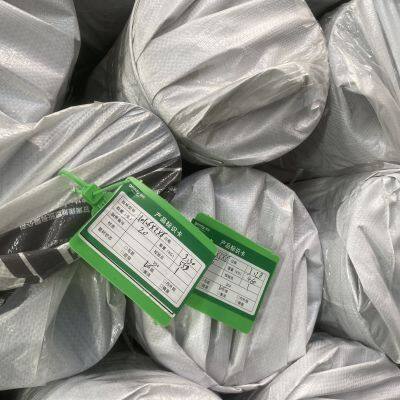 Read More
Read More -
304 stainless steel pipe, steam gas pipeline, mixed gas pipeline
January 6, 2026The 304 stainless steel pipe is suitable for steam pipelines and gas mixture pipelines. The 304 stainless steel materia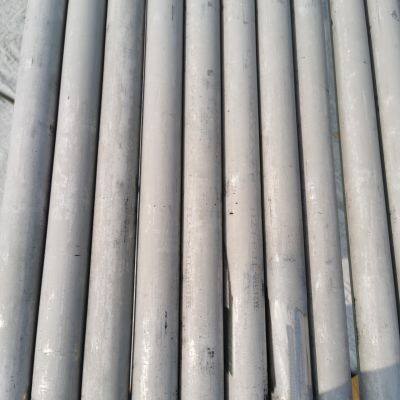 Read More
Read More -
What are the differences between 304 and 202 stainless steel pipes
January 6, 2026The main differences between 304 and 202 stainless steel pipes lie in their chemical composition, physical properties, corrosion r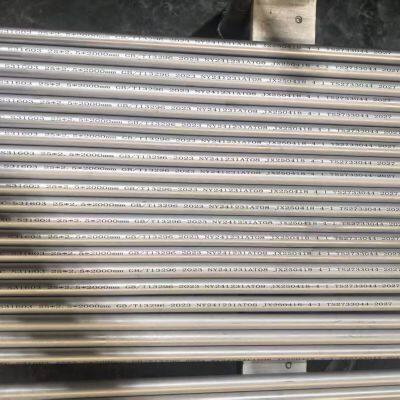 Read More
Read More -
The five common methods of connecting stainless steel water pipes
January 6, 2026Different methods of installing stainless steel water pipes The installation methods of stainless steel water pipes var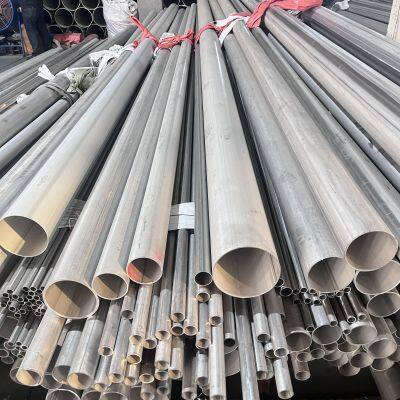 Read More
Read More



